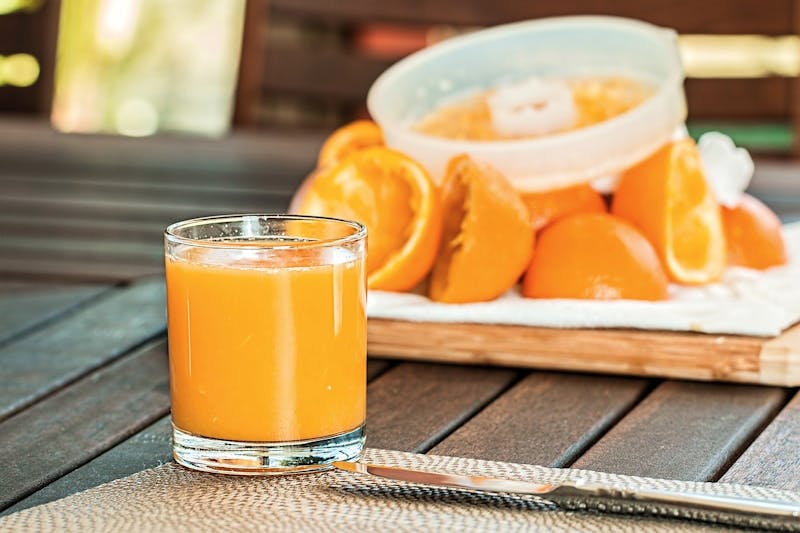
Last month, we addressed some common food myths that have gained traction in the mainstream despite evidence to the contrary. We want to you to be fully informed and armed with all the right information, so we’re going to expand on the previous post with some more common food myths – and why they’re just not true.
Myth #1: Eating 5 to 6 small meals throughout the day helps you burn more calories.
This is a big one, and as written, it’s false. As far as calories go, your body processes 5 to 6 small meals exactly the same way it does 2 to 3 larger meals. There might be a benefit of eating smaller meals though – when you’re constantly eating, you tend to keep yourself satisfied throughout the day so when you do eat, you eat less. However, intermittent fasting—or going a set period of time without eating—has been shown to reduce appetite over time.
Myth #2: Calories are calories, regardless of where they come from.
While it’s true that a calorie is a calorie no matter what, not all calories are nutritionally equal. Your body metabolizes foods differently. Depending on which metabolic pathway a food takes, it can contribute to fat burning – or fat storage – as well as appetite suppression and regulation and hormonal signaling. Not only that, but 100 calories worth of chips is just not nutritionally equal to 100 calories of an apple. Even if you’re staying within your calorie recommendations, you don’t get the same vitamins, minerals, and antioxidants from the chips.
Myth #3: Low-fat foods are healthier than their conventional counterparts.
The low-fat craze of the ‘90s had everyone banning fats from their plates, but just because a food is low in fat, doesn’t mean it’s healthy. While it’s true that naturally low-fat foods, like fruits and vegetables, should make up a large percentage of your diet, packaged low-fat “health” foods should be off limits. Fat makes food taste good and when manufacturers remove fat from a food, it affects the taste in a bad way. They make up for this by adding extra sugar, which is incredibly harmful to not just your waistline, but your health as well.
Myth #4: Brown sugar is more nutritious than white sugar.
While it’s true that brown sugar contains slightly more minerals – and we mean slightly – than white sugar, it isn’t enough to classify brown sugar as being a wiser choice than white sugar. Brown sugar is simply refined white sugar with molasses added to it. If you’re looking for a better sweetener option, choose raw honey or real maple syrup; but still use them in moderation. Too much sugar – in any form – can contribute to weight gain.
Myth #5: Drinking 100 percent fruit juice is the same as eating a piece of fruit.
While manufacturers would love you to believe that drinking “5 servings of fruit in every glass” is the key to meeting your fruit needs for the day, too much fruit juice is bad for your waistline. When you drink a glass of fruit juice, you’re basically only getting the sugar from the fruit. While you may be getting some vitamins and minerals too, the juicing process strips most of them – especially fiber – from the fruit. If you do like to have some juice, make your own at home and add plenty of vegetables to cut down on the sugar content.

